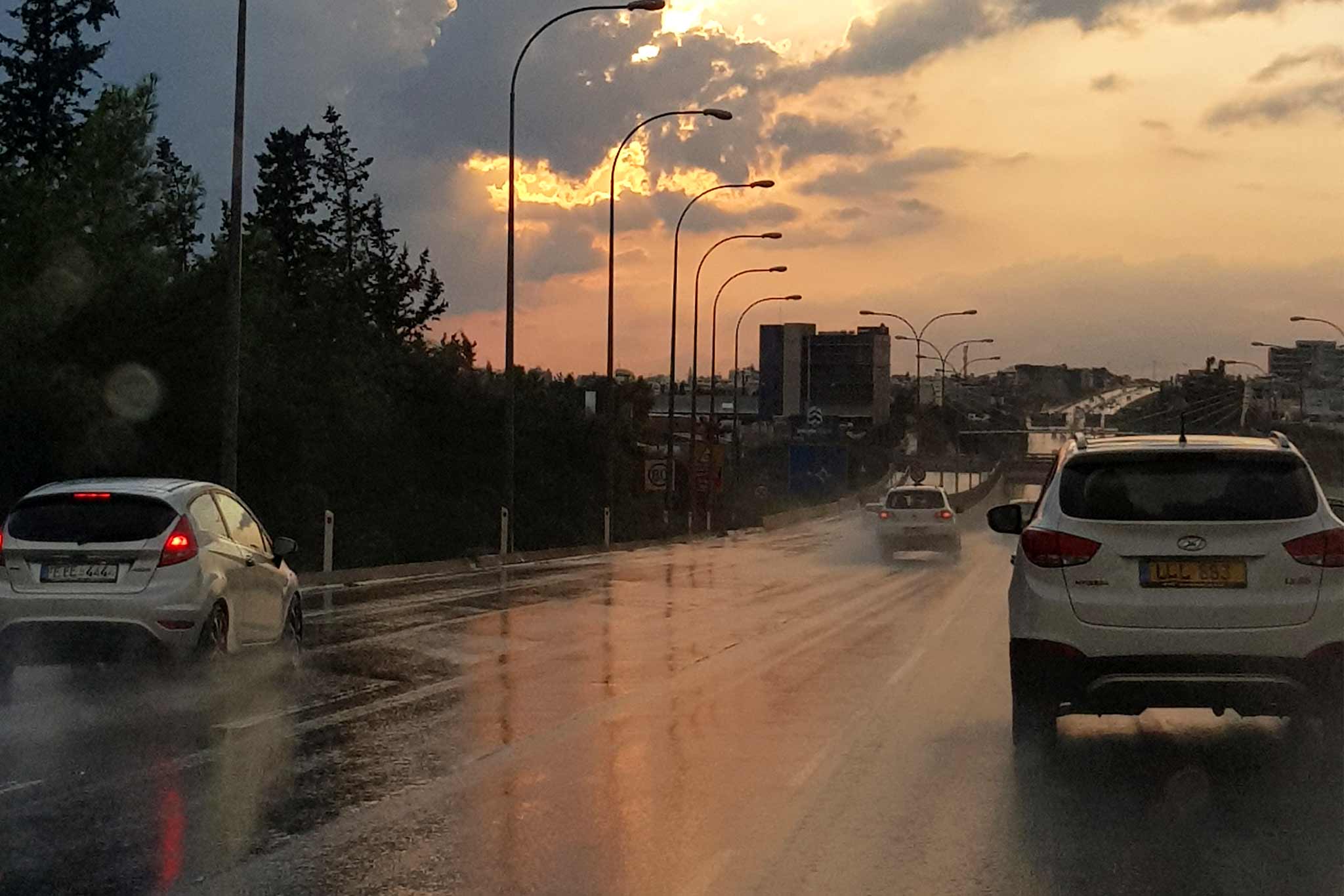Don’t Set Fire to The Summer Rain – 5 Essential Car Safety Tips
Rainy days are more than just a nuisance while driving. They are hazardous for inexperienced drivers. One mess-up can lead to a pileup of vehicles, especially while driving on the interstate. Hence, rain safety is key, and here are some essential car safety tips in the rain.
5 Tips for Safely Driving in The Rain:
Here are the dos and don’ts when it rains on the road:
#1 Ensure Your Car Is Prepared
If you can’t afford to sit out the bad weather, try to make sure that your vehicle can handle it. The windshield wipers are your first line of defense against the downpour and they need to be working. The washers are a bonus if you encounter mud.
Your tires need to be in decent condition with working treads that will provide you with friction. The tread depths should be at least 3mm and 4mm for all-season and winter tires respectively.
The headlights and tail lights need to be working to keep you and your surroundings visible. Make sure that your car is well-ventilated as well because it’ll need to be when the rain fogs up the insides.
#2 Drive Slowly
“Speed thrills but kills” is how the saying goes. You are always advised to adhere to the speed limits set by the state. On rainy days, however, you should take it even more seriously. Try to drive even slower than recommended, so that your car doesn’t slip out and hydroplane.
Try to bring that slow and steady attitude to changing lanes as well. Always use your turn signals and wait for any oncoming vehicles to pass before you switch up.
Avoid any sudden turns and accelerations. Also, don’t use the cruise control as you’ll need to take charge if you encounter an obstacle.
#3 Maintain Visibility
With the rain pouring down on your windscreen and the naturally darker atmosphere, you need to be able to see better. Also, your fellow drivers on the road need to be able to see you better. Therefore, you should switch on your headlights, no matter the time of the day, as they’ll also illuminate your taillights.
It is not recommended to use your emergency flashers as other drivers might mistake you for being stopped, and will try to swerve you. Plus, changing lanes in the rain without your turn signals is never an option.
Pedestrians or animals crossing the road can be harder to spot. Often, the precipitation is so heavy that you can’t see. Then, you need to find a safe spot and stop for a while, instead of powering on.
#4 Brake Properly (and Keep Distance)
One should never brake hard until necessary. Especially when it rains, rough braking is a preposterous idea. Hard braking is sure to cause hydroplaning, which is when the car slips. Hydroplaning is the biggest hazard during the rainy season; more on that later.
Driving slowly and maintaining a good distance should make sure that you don’t have to brake hard. If someone comes up behind you, make way for them to pass you so they don’t tailgate.
#5 Avoid Standing Water
Here’s another hazard that cannot be overstated. When it rains heavily, water builds up. In fact, it doesn’t even have to rain much for the phenomenon to occur if the drainage system is incompetent, or non-existent.
Driving fast over standing water can lead to hydroplaning. To avoid this, drive in the middle lane as water usually accumulates near footpaths.
What to In Case of Hydroplaning?
Hydroplaning is the scariest feature of rainy roads and it can be fatal if you haven’t encountered it before. You can steer out of it though. For starters, stay completely calm, but don’t lose focus.
DON’T hit the brakes, it’ll just make things worse. Just turn where you want the vehicle to skid to with vigilance. Stay off the throttle until you absolutely need it.
It is much better to prevent the process from happening in the first place by driving nice and easy!




